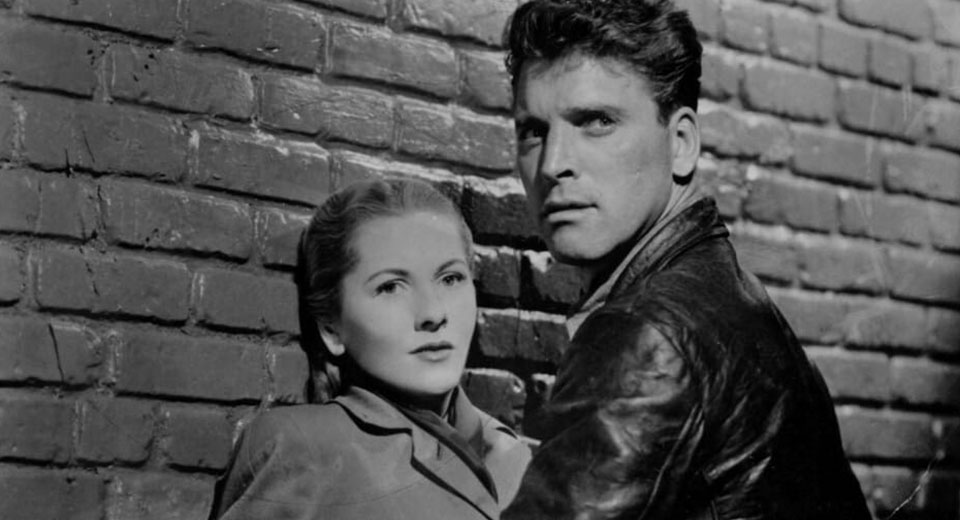
It is relatively easy today to discover a film. It is certainly far easier today than it was when I was growing up. Online streaming platforms such as the CriterionChannel and Hulu bring a wide variety of titles, some obscure and some not, too curious spectators and cinephiles with far more ease and accessibility than a video store or a library ever did. Yet, somehow, this great abundance and variety becomes prohibitive after a fashion; inundating the viewer with maybe too many options. There is also something to be said about collecting films. Owning a film on DVD or Blu-Ray, possessing an object, gives one a sense of material satisfaction. This satisfaction, when so many things are available in the ether of the internet, is part of the appeal of these formats. One could even say that it is this impulse toward the tangible that has sparked the revitalization of vinyl within the music industry. And similarly to how vinyl records often sound better, a film often looks better on DVD or Blu-Ray.
I finally saw the Norman Foster film Kiss The Blood Off My Hands (1948) in the new 2K Kino Lorber edition. Kiss The Blood Off My Hands is a sort of quickie noir piece that was the first film produced by Burt Lancaster’s Norma Productions. The opening chase sequence in which Lancaster evades the police on an elaborate expressionist set-piece with all of his athletic prowess was surprising not just for its length, but what evidence it provided of Orson Welles’ influence on his one time protege Norman Foster (Foster was at one time a co-director on Welles’ famous “lost” project It’s All True, directing the “My Friend Bonito” section).
One can’t necessarily credit Welles with introducing Foster to the silent German Expressionist films of the twenties, but one can credit Welles with having imbued in Foster a sensibility for the importance of the seen and unseen in a sequence. Kiss The Blood Off My Hands, like Welles’ The Stranger (1946), uses shadow and dramatic angles (high and low) to focus the spectator’s gaze on specific details in a rapid succession of shots. Foster’s employment of Welles’ visual strategy in a run-of-the-mill “quickie”, for my money, positions him in favor of Jess Franco as the “kitsch Welles”.
This aesthetic relationship between Welles and Foster was one that, like so many others, I had dismissed after having seen some of Foster’s work for Walt Disney Studios in the fifties. However, after viewing Kiss The Blood Off My Hands I revisited Foster’s most famous film, Davy Crockett: King Of The Wild Frontier (1955) and was able to locate shades of Orson Welles yet again, though this time employed toward a more theatrical aesthetic end.
